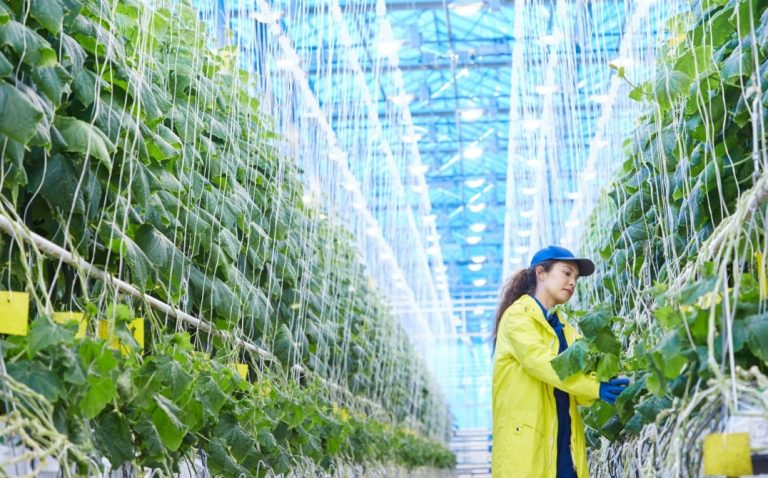Greenhouse peppers are often celebrated for their vibrant colors and crisp texture, but their health benefits—particularly when it comes to hydration—are often overlooked. These nutrient-rich vegetables go far beyond basic culinary use. Behind their sweet flavor lies a powerful hydrating agent, a low-calorie snack, and a vital source of vitamins and antioxidants that contribute to overall wellness in a way that’s both surprising and underrated.
Peppers grown in controlled greenhouse environments have a distinct advantage: they maintain consistent quality, higher water content, and a stronger nutritional profile due to regulated temperature, humidity, and growing conditions. Unlike field-grown produce that can vary significantly in nutrient retention depending on weather, greenhouse grown peppers often offer superior hydration thanks to their 92% water content. This makes them one of the best naturally hydrating foods available, on par with cucumbers and watermelon.
In an age where consumers are increasingly aware of the importance of hydration—not just for athletic performance but also for skin health, digestion, and energy levels—peppers offer a flavorful solution. Proper hydration impacts every cell in the body, influencing everything from cognitive function to metabolism. While most hydration conversations center around water and electrolyte drinks, whole foods like peppers quietly play a crucial role in helping maintain fluid balance. Eating water-rich vegetables contributes to longer-lasting hydration because they are digested more slowly than liquids, releasing water gradually and consistently.
Beyond hydration, greenhouse peppers pack an impressive nutritional punch. They are exceptionally high in vitamin C, with red peppers containing up to three times more vitamin C than an orange. Vitamin C is a vital antioxidant that supports immune function, collagen production for healthy skin, and the absorption of iron—another key player in energy levels and oxygen delivery throughout the body. Just one medium red pepper delivers over 150% of the recommended daily intake of vitamin C.
Peppers also contain high levels of vitamin A in the form of beta-carotene, particularly when ripened to red or orange hues. Vitamin A supports eye health, immune function, and even reproductive health. Combined with their hydration properties, these nutrients work synergistically to protect and replenish cells, making peppers a perfect addition to any diet focused on wellness and prevention.
Another often overlooked benefit of peppers is their role in gut health. The water and fiber content help to promote regular digestion and prevent constipation. Fiber also feeds the good bacteria in the gut, contributing to a balanced microbiome, which is increasingly linked to everything from mood regulation to weight control. With 2 grams of fiber per cup and no saturated fat or cholesterol, they are a heart-healthy, digestion-supporting choice ideal for clean eating plans.
Their low calorie count—just 25–30 calories per cup—makes them a snack-friendly vegetable. When greenhouse grown, peppers are lower in pesticides and available year-round, making them a reliable staple for meal planning and healthy snacking. They can be eaten raw for maximum hydration benefits or lightly roasted or sautéed to retain most of their nutrients. Even in cooked dishes, peppers hold up well, adding bulk, flavor, and color without compromising dietary goals.
Athletes and active individuals will find greenhouse peppers particularly helpful in post-workout recovery meals. Their combination of water, potassium, vitamin C, and antioxidants makes them an ideal food for replenishing lost fluids and combating oxidative stress caused by intense physical activity. Pairing peppers with protein sources like hummus, chicken, or eggs can round out a nutritionally dense and recovery-boosting snack.
In today’s health-conscious food landscape, the value of “food as medicine” continues to rise. Greenhouse peppers align perfectly with this philosophy. They are hydrating, anti-inflammatory, nutrient-dense, and naturally energizing. As interest in functional foods and plant-based nutrition grows, peppers are likely to move from simple salad garnish to a star ingredient in holistic wellness diets.
Their versatility in meals—from breakfast omelets and fresh wraps to stir-fries and grain bowls—means they’re as practical as they are beneficial. For parents looking to keep kids hydrated during hot summer months or health-focused consumers looking to add beauty-boosting and immune-supporting vegetables into their daily intake, the greenhouse pepper stands out as a colorful and delicious answer.




